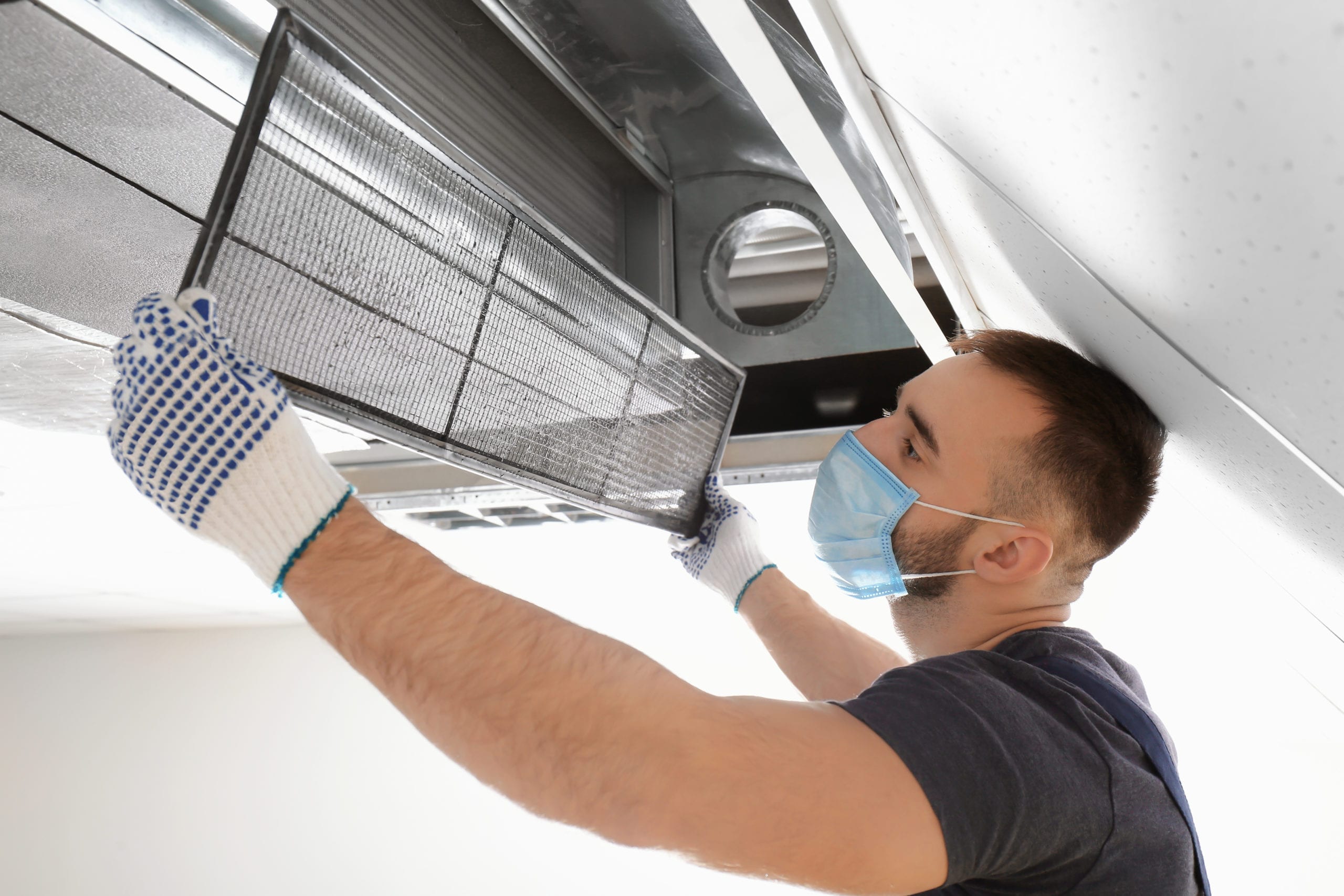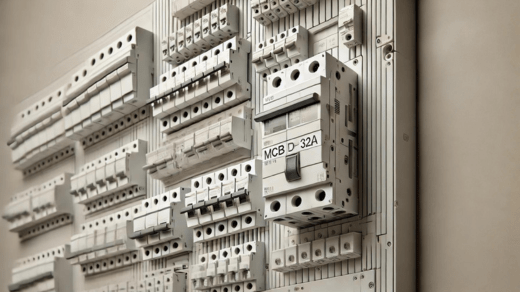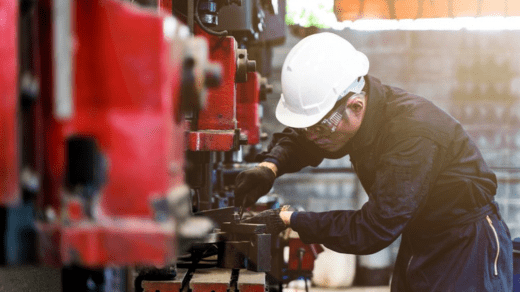Strange odors, allergies, and unexpected HVAC inefficiencies can often trace back to something hidden deep inside ductwork. Beyond dust and mold, some of the most unwelcome guests—microscopic pests—find ideal nesting conditions in unclean air systems. Homeowners in Murfreesboro often ask whether professional air duct cleaning can actually stop these pests in their tracks.
High-powered Vacuums Extract Hidden Pest Debris from Ducts
Commercial-grade vacuums used by a trained air duct cleaner in Murfreesboro TN are powerful enough to pull years of buildup from deep within HVAC systems. This includes insect fragments, rodent droppings, shed skins, and the fine dust that harbors active pest colonies. These contaminants create a breeding ground for mites and other microscopic insects that thrive in dark, undisturbed spaces.
The suction strength of these vacuums exceeds that of any consumer-level equipment. Once debris is loosened from the interior duct walls, it’s pulled into sealed containers to prevent particles from recirculating into the home. Without this step, contaminants often remain embedded in corners or branch ducts, continuing to support hidden infestations unnoticed.
Brush Agitation Loosens Compacted Dust Harboring Microscopic Pests
Duct interiors often hold layers of packed debris that vacuums alone can’t dislodge. To break up that hardened material, air duct cleaners near me use rotating brushes or whip systems that physically agitate the duct lining. This action scrapes off biological waste, insect eggs, and compacted layers where mites often nest. Manual brushing can access bends and narrow runs where pests like to hide. By clearing out this debris completely, the system becomes less attractive to insects seeking still, dust-filled places to lay eggs. This method also helps dislodge dander and bacteria that pests feed on, essentially cutting off their food source.
Antimicrobial Treatments Eliminate Bacteria and Insect Eggs
Beyond cleaning, professionals often apply targeted antimicrobial agents to internal duct surfaces. These EPA-approved treatments are designed to kill mold spores, bacteria, and eggs left behind by pests. It’s a critical step for air duct cleaning in Murfreesboro TN homes where humidity and organic matter create ideal growth environments.
The application forms a residual barrier that continues working after the cleaning. Eggs from insects like silverfish or mites often survive dry cleaning methods alone, but chemical treatment helps ensure they don’t hatch and restart the infestation cycle. Combined with vacuuming and brushing, this treatment enhances long-term cleanliness and safety.
Sealing Duct Gaps Prevents Reentry of Nesting Organisms
Many homes unknowingly have small openings or gaps in the ductwork, especially in attics, crawlspaces, or basements. These cracks are perfect entry points for pests like ants, spiders, or even mice. Sealing these areas during or after a cleaning helps prevent pests from entering the system and nesting again.
Professionals often use mastic sealant or foil tape to close joints, seams, and holes. Blocking these access points is an important step to complement the work of an air duct cleaner. Once pests are removed, keeping them out means the duct system stays cleaner and healthier for longer, without acting as a hidden shelter.
UV Sanitation Systems Disrupt Pest Breeding Cycles
UV lights placed within HVAC systems serve a double purpose. Not only do they kill mold and bacteria in the air stream, but they also interfere with the reproductive cycles of many small insects. When installed properly, these lights reduce the survival rate of microscopic pests that rely on dark, humid environments to reproduce.
In air systems that run continuously, UV sanitation creates an inhospitable environment for tiny organisms. It’s particularly useful for residents who suffer from allergies or respiratory sensitivities, since it limits pest population growth before they spread to the rest of the home. This technology pairs well with deep cleaning services and long-term duct maintenance.
Moisture Control Techniques Remove Conditions Pests Rely on
Pests need three things to survive: food, shelter, and moisture. Ducts that hold condensation due to poor insulation or airflow issues can provide all three. Moisture encourages mold, which in turn feeds mites and bacteria that infest HVAC systems. Addressing moisture problems is a necessary step in pest prevention.
Air duct cleaners may recommend installing dehumidifiers, sealing ducts in crawlspaces, or insulating problem areas. Removing standing moisture also prevents rust and duct decay, which can lead to structural gaps where insects gain access. For homes in Murfreesboro, where seasonal humidity is high, moisture management is essential to stop recurring issues.
HEPA Filtration Traps Microscopic Contaminants During Cleaning
To prevent pest-related debris from re-entering the living space, professional cleaners use HEPA-filtered systems during the cleaning process. These high-efficiency filters capture fine particulate matter, including insect eggs, mold spores, and dander. Without this level of filtration, contaminants may circulate back through supply vents.
The use of HEPA-filtered vacuums is a key indicator of quality air duct cleaning. It ensures that cleaning not only removes visible dirt but also addresses the microscopic waste that pests leave behind. This thorough approach supports better air quality and reduces triggers for allergies and asthma linked to airborne pest byproducts.
Post-clean Inspections Confirm a Pest-free Ventilation System
A final inspection after cleaning helps verify that pests are no longer active within the system. Technicians may use video cameras or remote scopes to look deep into the ductwork, checking for debris, entry points, and leftover contamination. This inspection confirms the cleaning was effective and complete.
It also gives homeowners a clearer understanding of the current state of their HVAC system. For those concerned about re-infestation, it’s a chance to receive recommendations for added protection like duct sealing, UV systems, or periodic checkups. Combined with routine cleaning, these follow-ups help maintain a safe, pest-resistant environment year-round.




